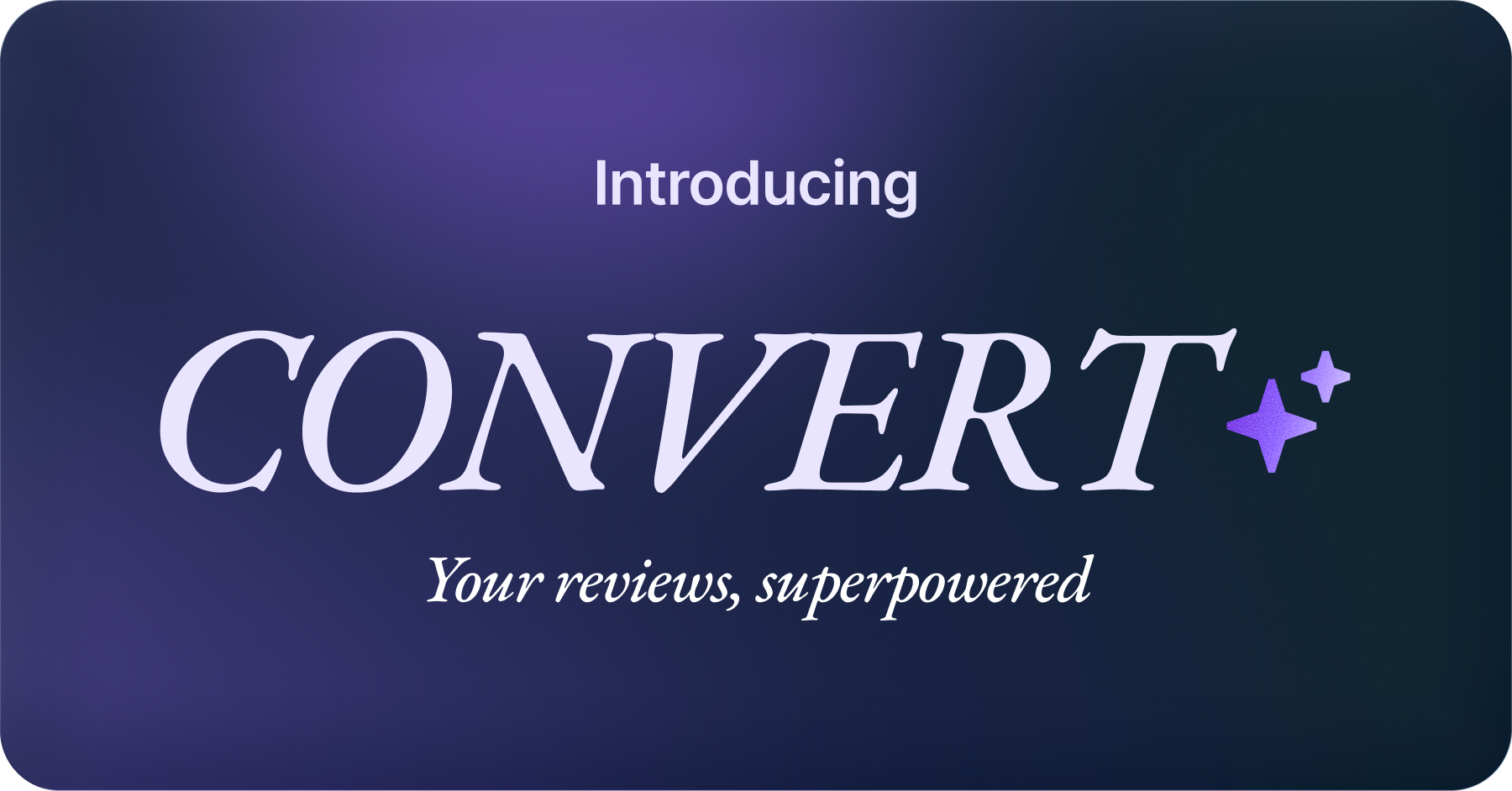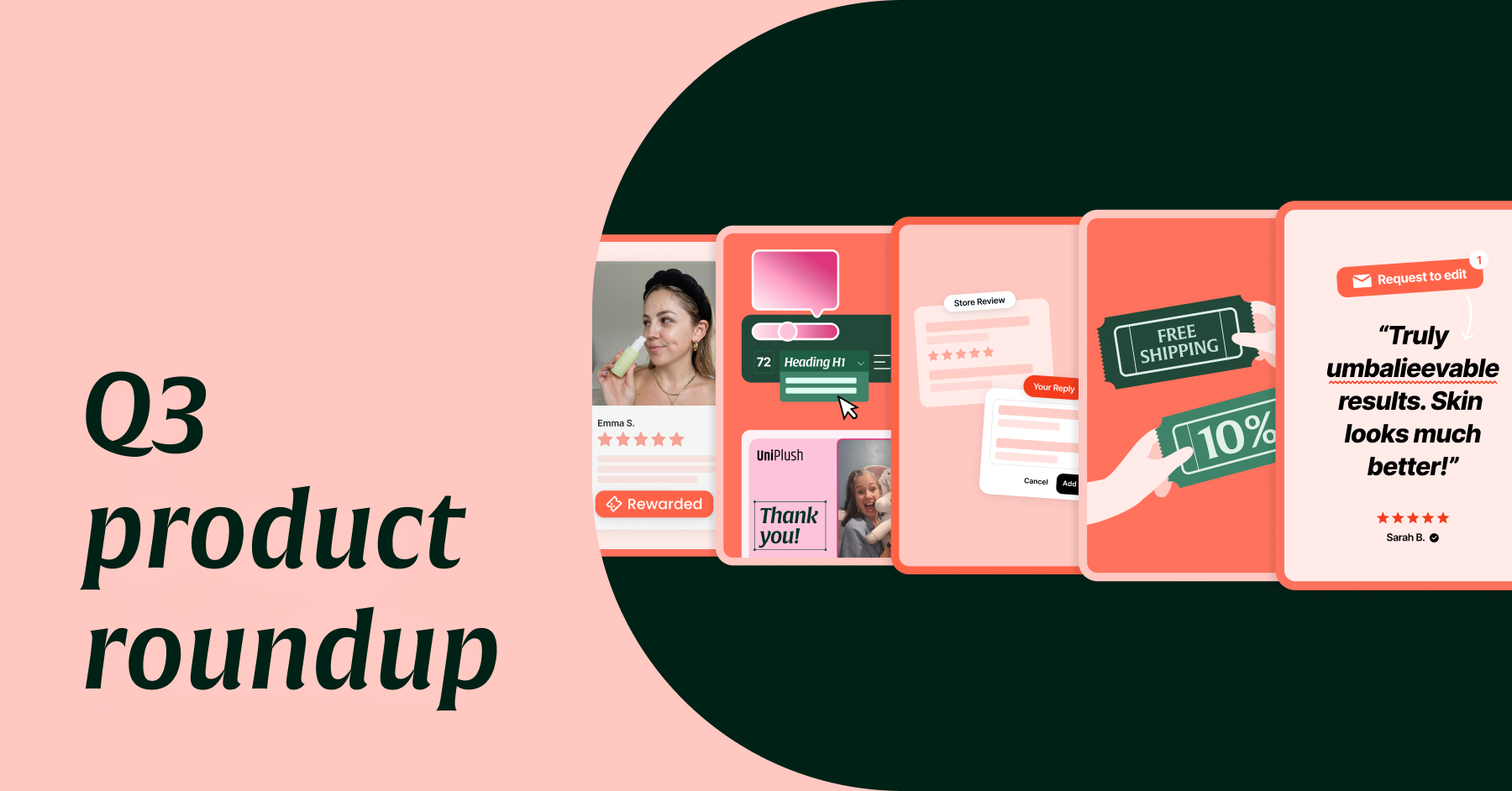How to Make Perfect Landing Pages for Your Shopify Store

Landing pages are essential for generating leads and increasing your conversion rate. Here are some tips to make the perfect Shopify landing page.
The importance of making landing pages cannot be understated.
When it comes to lead generation, purpose-built landing pages are one of the most effective tools in the eCommerce merchant’s toolkit.
Why are landing pages so important?
The most effective 25% of landing pages have an average conversion rate of more than 5%, while the very best exceed an average 11% conversion rate. Think, if you bring 100,000 people to your landing page, you’d have 11,000 sales. That’s a pretty nice result!
And yet many Shopify merchants still default to using their homepage as a landing page. Research shows that the average website homepage converts at just 2%, so why are so many people still doing this?
The simple answer is that they don’t possess the coding skills necessary to make landing pages and they don’t want to pay someone else to do it. But what if making the perfect landing page was something you could do in just ten minutes – for free?
Examples of great landing pages that convert
Creating a good landing page for your website means taking inspiration from those who have already had success. Here are some examples of landing pages that work and why they’re worth imitating.
Shopify is the king of landing pages.

Shopify
Shopify’s campaign to sign up new merchants uses a simple landing page that immediately tells you what you can gain and why they’re a trustworthy platform to give it to you. Their call to action allows you to create your own Shopify store by simply entering your email address.
The minimalist theme ensures that your attention isn’t interrupted, while the blue and white color scheme evokes a sense of trustworthiness.
Tiege Hanley has a simple landing page that offers a discount promo code.

Brief overviews of product collections can work – so long as they’re not too distracting.

Tiege Hanley
Tiege Hanley offers a simple skincare solution for men. The link to their landing page is featured on various YouTube videos and quickly directs visitors to what they want. The page simply tells you what the product is and allows you to sign up for a free trial.
As you scroll down, some brief information about the three skincare systems they offer is revealed. There is a consistent and minimal theme throughout, with the product packaging’s green and black color scheme represented throughout.
Airbnb has a simple and useful landing page that gets straight to the point.

Airbnb
When it comes to simplicity, Airbnb are close to unmatched. Their landing page shows a picture that evokes a sense of adventure and culture. The fact that food is being shown plays on peoples’ basic senses as well as a common desire to explore and try new things.
The only other thing on the landing page is a form that allows you to search for available accommodation. It gets people right into the thick of it and relies on people doing it themselves rather than trying to convince them.
Of course, if you’re going to make a page that actually converts, then you’ll want some tips to avoid amateur mistakes.
Pro tips for making landing pages that convert
We mentioned before how the top 25% of landing pages have an average conversion rate of 5-11%. This is a hopeful statistic, but it also means that the bottom 75% of sites are falling short of 5%. It goes without saying that you want to be in the top range, so here are some essential things to consider to ensure that your landing pages convert.
I: Always deliver value
A landing page should always deliver value to the person reading it. In other words, they need to get something out of it. This could be a discount on a product or service, an informative free guide or eBook, a free demonstration, or something else that will benefit them.
Never use your landing pages to simply advertise your brand or products. Also, while collecting an email address on a landing page is fair game, the customer should receive something in return for doing this.
II: Remove site navigation
You should never allow your visitor to see the main menu or any other header/footer navigation when they’re on your landing page. Removing site navigation helps keep them focused on what’s being offered and stops them from wandering off.
III: Be clear and concise
In short, say as little as you can and keep the flowery language to a minimum. People don’t log on to the internet during their lunch break to sit and read your landing page, so try to respect their time by getting straight to the point. Here’s what I have for you, here are some brief details, here’s a button you can press to get it. Done.
Taster’s Club shows you what they offer and has great CTAs.

IV: Make sure it matches the link
The whole point of a landing page is that people come to it from anywhere other than your website. This means that the link you’re posting and the page your visitor lands on when they press it do need to match up. It’s no good if you are posting on Instagram about a discount on your new range of products and then sending potential leads to a page about a free eBook.
V: Make a landing page for every campaign
The more landing pages that you make, the more leads you can generate. For every campaign that you launch, you should have a new landing page to accompany it. Try to make a variety of pages that can meet the needs of different consumers.
VI: Have an option to share
If your landing page can bring genuine value to a visitor, then there is a chance that they’ll share it with other people they know. If you have the option to share the page then you’ll increase your audience, and thus your chance of generating new leads.
How to make the perfect Shopify landing page
There are several ways to make the perfect landing page. One of them involves hiring an expensive freelancer to do it for you. One other way involves downloading a page-builder app from the Shopify App Store and doing it yourself.
The PageFly Advanced Page Builder uses a simple drag-n-drop mechanism to make building pages on your Shopify store easy. All you have to do is select the element that you want on your page and then drag it to where you want it to be. It’s like a simple children’s puzzle, only instead of having a pretty picture at the end of it, you’ll have a high-converting landing page.
You can use PageFly to design your homepage, product pages, blog, and literally every other page for your store. Today, we’re going to show you how to use the app to create a perfect landing page. You can install PageFly for free and experiment with building different types of high-converting pages for your store.
The PageFly page editor makes it easy to create landing pages.

Now the simple drag-n-drop mechanics come into play and you’ll be able to choose elements to drag on your blank page and gradually fill it in to be a professional landing page that will earn you more leads.
Your landing page should always include:
- A header that offers something of value
- A brief description of what’s on offer
- At least one image or video
- Preferably some trust badges or testimonials
- A call to action button or form
You can build your own landing page from scratch with PageFly Advanced Page Builder in as little as 20 minutes, or you can select one of the pre-made templates and go from there. You can also use helpful videos and guides from PageFly to make sure you don’t get lost.

.jpg)
